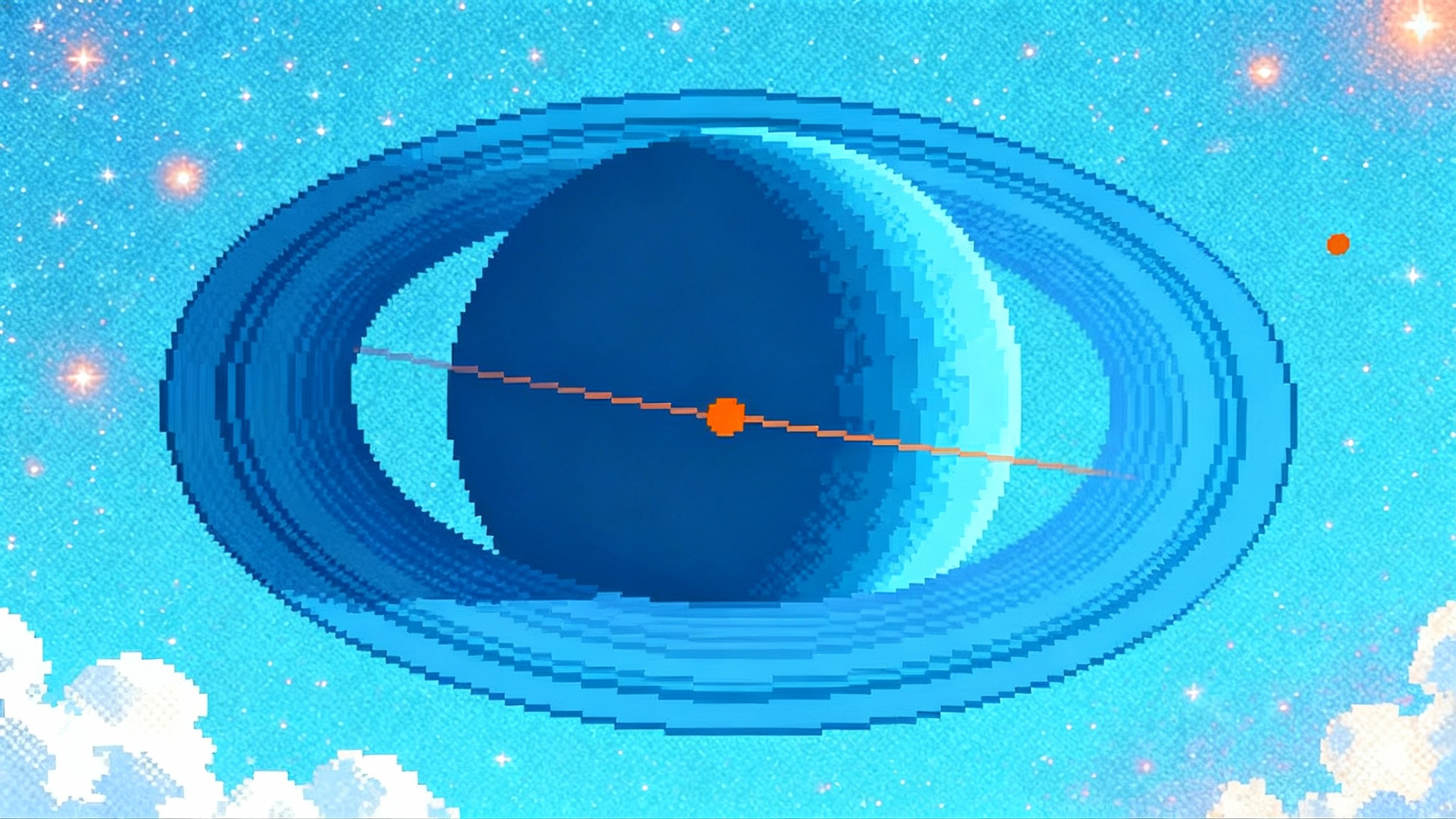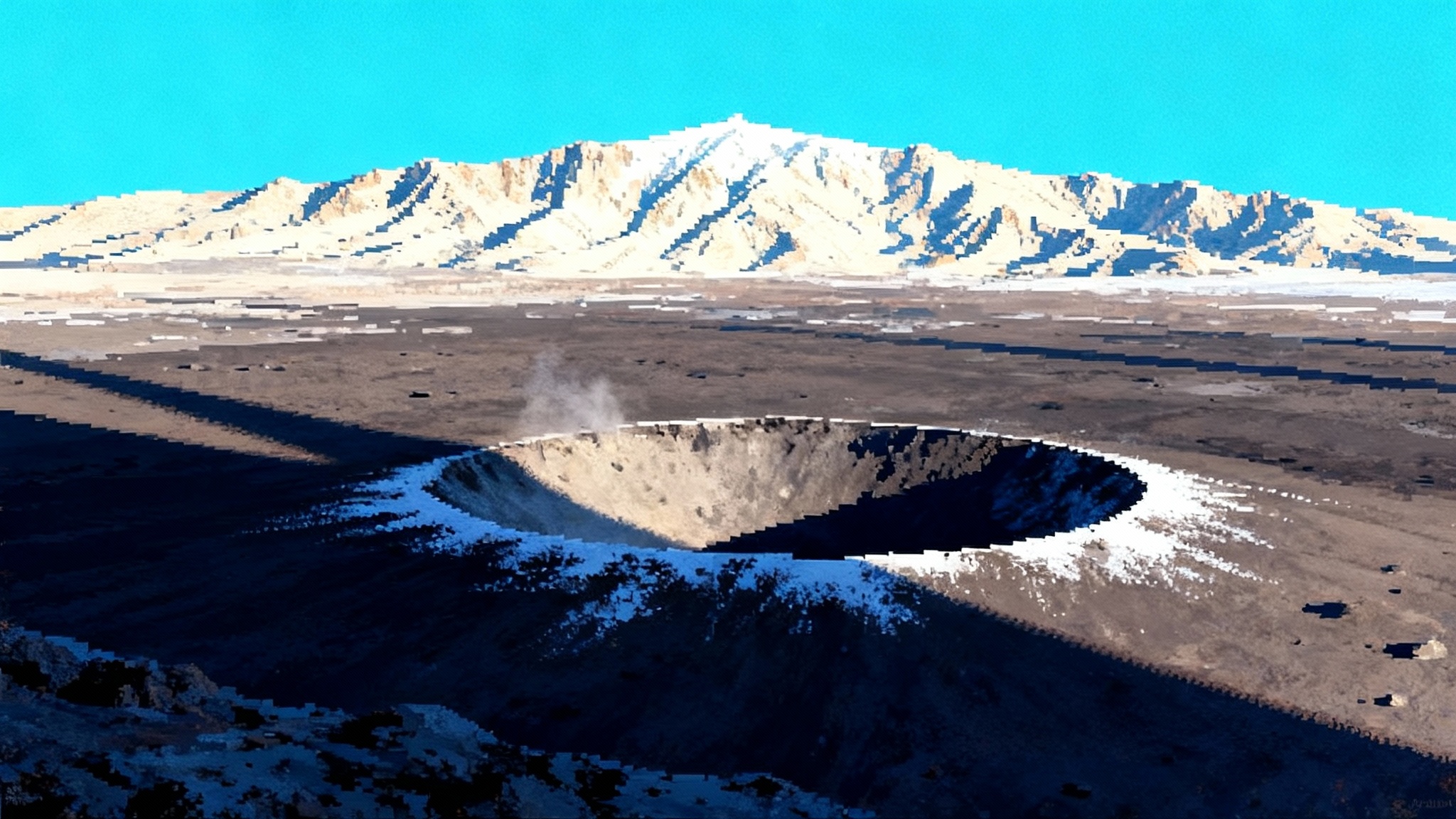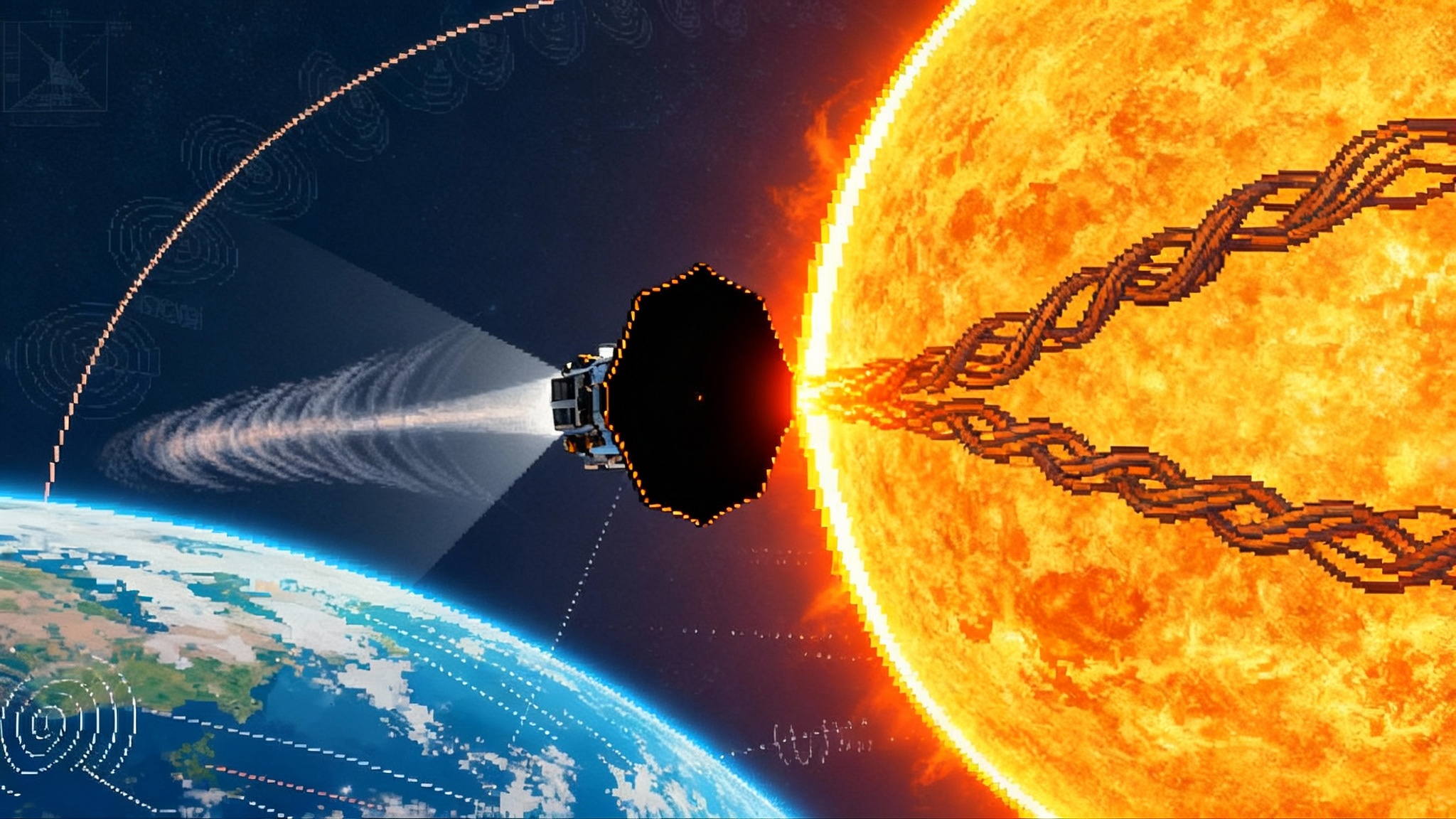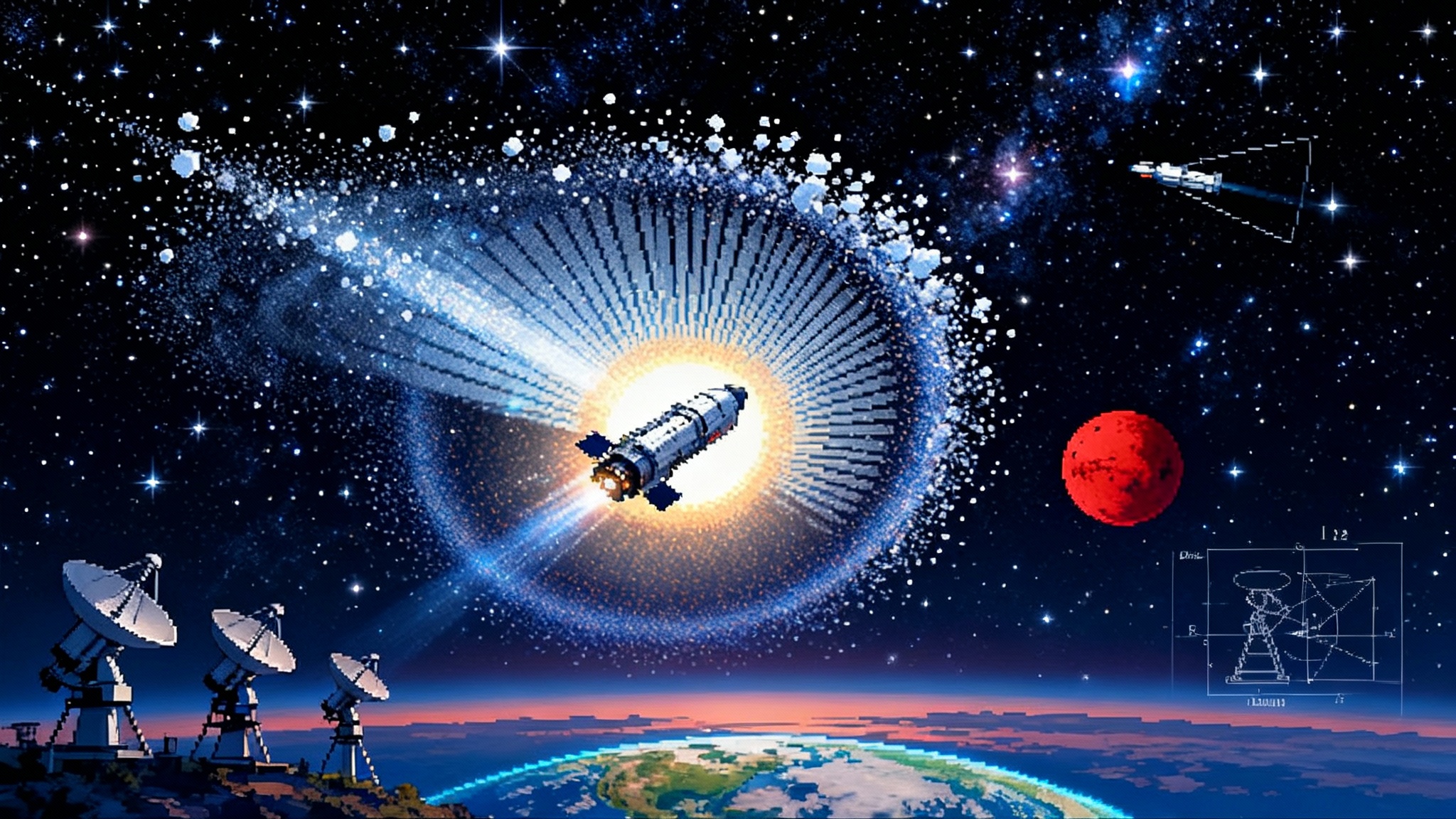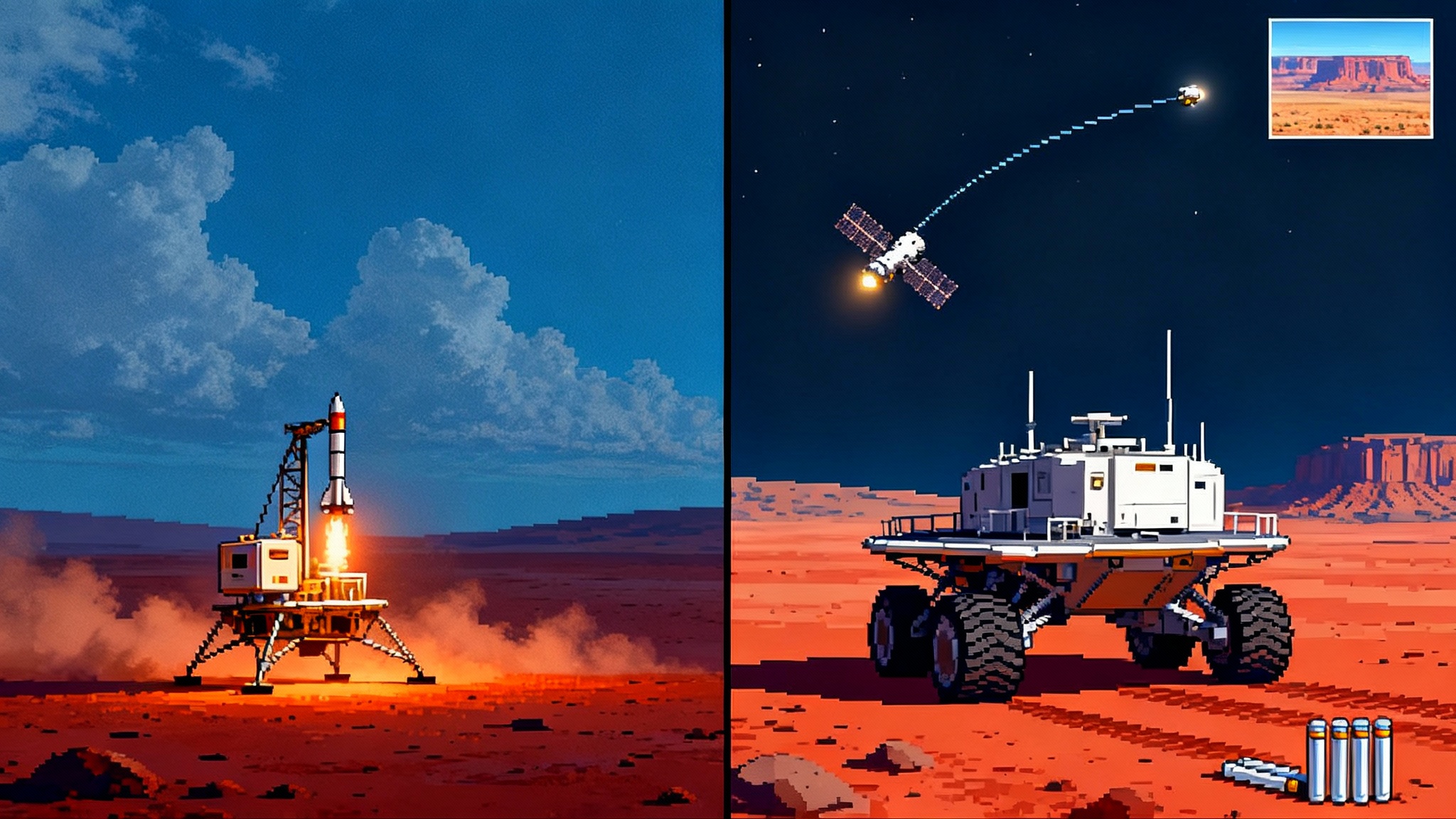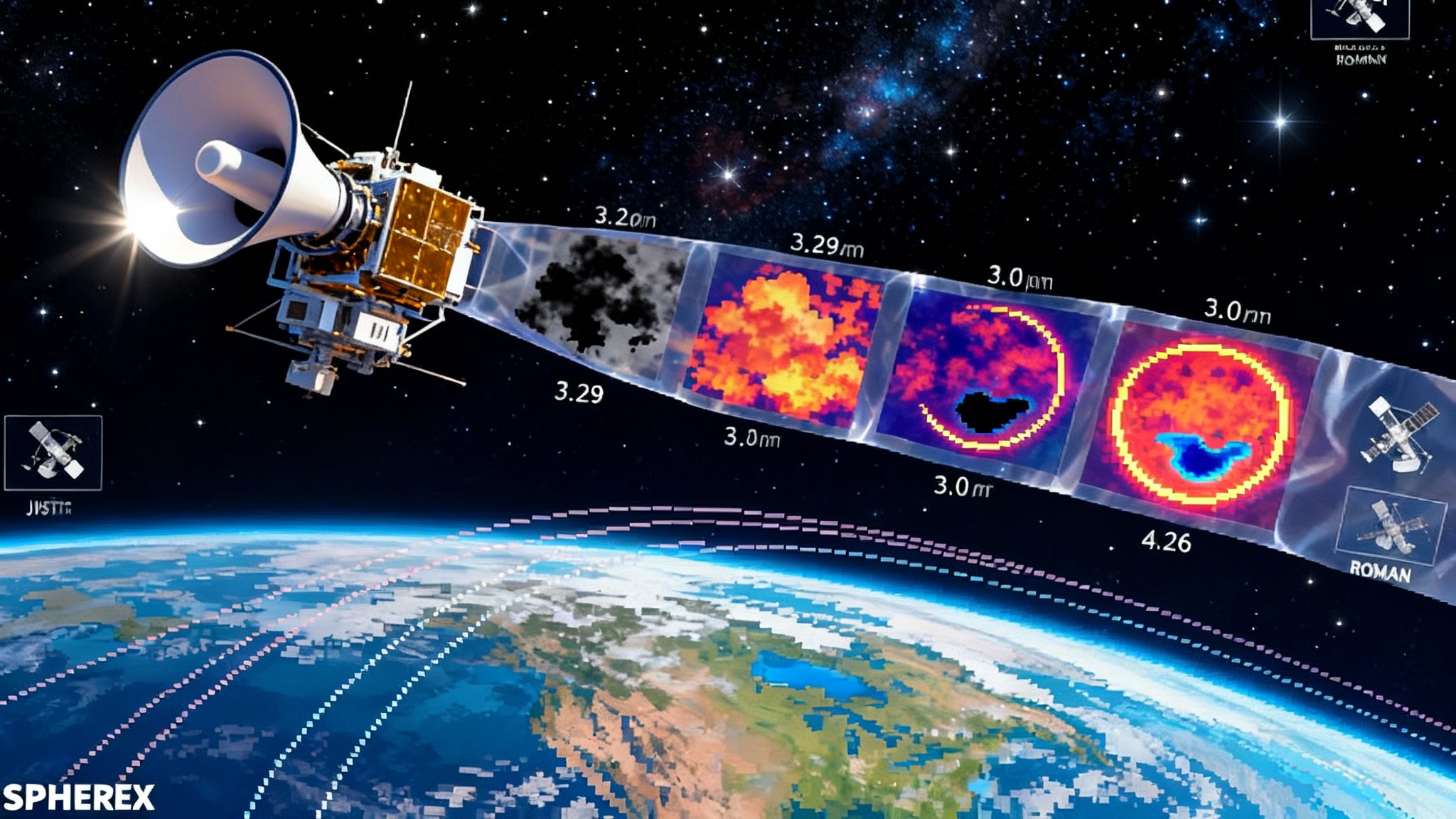From First Look to Firehose: Rubin’s 2026 Discovery Wave
Rubin’s first images and Data Preview 1 turned the sky into a stream. Here is what changes in fall 2025, how one‑minute alerts will work, and the concrete steps teams can take now to be ready for the 2026 discovery wave.

The week the universe blinked
On June 23, 2025, the Vera C. Rubin Observatory pulled the curtain back on its first images, a public First Look that felt less like a system boot sequence for a new era of discovery. The livestream was an invitation to think in minutes rather than months, in streams rather than snapshots, in alerts rather than static sky maps. It also set a clear clock for what comes next as commissioning moves into fall and the alert‑broker ecosystem shifts from rehearsal to showtime. A week later, on June 30, Rubin shipped Data Preview 1, the first public bite of the Rubin data stack. You can dive into the Rubin Data Preview 1 documentation to see images, catalogs, coadds and difference images processed with the Rubin pipelines.
What changes in fall 2025
Through the summer, teams finished early on‑sky tests and then paused for a short engineering period on the summit. The project’s September status update outlined a late October construction closeout review and a staged ramp from near‑live alerts to truly live operations as templates accumulate across the sky. In plain language, expect a ramp that starts with alerts over limited regions, then widens as the static sky becomes known. For current milestones and the ramp plan, check the Rubin project status update.
If you picture discovery as a faucet, Rubin is building water pressure. Once enough templates are in place, nightly alert production will flow steadily and then rapidly, with reliability improving each week. The project also scheduled a short fall downtime to install components such as the Light Wind Screen, a key stray‑light baffle that protects image quality during operations in 2026. Short pauses now help avoid long headaches later.
From images to alerts in under a minute
Each Rubin visit consists of short exposures that are combined and compared to a deep, up‑to‑date template. Subtract the template from the new image and you get a difference image. Source detections on that difference image are the potential what‑changed moments: a fresh supernova, a near‑Earth object streak, a flare star, a tidal disruption event. Rubin’s Prompt Processing aims to generate an alert packet for every statistically significant difference detection within roughly a minute of shutter close. Those alerts include contextual features and cutouts that brokers can parse, filter and enrich.
Brokers are the translators and traffic cops of this stream. They take the raw firehose and turn it into actionable queues. Some are community builders with public dashboards and user filters. Others act like specialized clinics focusing on a niche, such as supernova typing or moving‑object triage. If you used Zwicky Transient Facility alerts, you already know the pattern. Rubin’s change is scale and speed.
The planetary defense reset
Planetary defense is about two things above all: finding the moving rocks fast, and pinning their orbits with as few nights of data as possible. Rubin’s Solar System Processing pipeline works in two loops. First, during the night, known objects are matched in real time and alerts are issued for credible detections. Second, during the following day, the pipeline links detections from multiple nights into tracklets and then into orbits, packaging any new objects for submission to the Minor Planet Center on a daily cycle.
How soon could a true near‑Earth object move from a one‑night curiosity to a published orbit? The linking rules are deliberately conservative. Rubin requires several tracklets across different nights, within about two weeks, before a new object is forwarded for orbit fitting and publication. That means a realistic timeline of days to a couple of weeks for a new object to become real in the global ledger. For context on preparedness, see how teams are already planning for close approaches in our piece on the global drill for Apophis 2029.
The alert‑broker ecosystem tightens this loop. Imagine a community filter tuned to fast sky‑plane motion and streak morphology, one that flags candidates minutes after they appear. Add a broker that cross‑matches catalog history and survey footprints to suggest prediscovery images. Pair that with a follow‑up bot that pings small robotic telescopes for same‑night confirmation. The result is a near‑Earth object pipeline that not only discovers earlier, but also stabilizes orbits sooner by finding past detections and adding timely follow‑ups.
Supernovas and kilonovas on human timescales
For explosive transients, minutes matter. The earliest light from a supernova contains fingerprints of the progenitor system. The opening hour of a kilonova carries clues about heavy‑element production. Rubin’s difference imaging and one‑minute alert target make those windows reachable on routine nights. Brokers can stack the deck by applying type probabilities, host‑galaxy context and color changes in the first few visits. A student filter that simply demands rapid rise, redder‑than‑template color, and a recent non‑detection can already isolate interesting candidates from a nightly region.
Follow‑up teams can then react in steps. The first minute gets you a broker alert in a team channel. The first ten minutes trigger a spectrum request from a northern or southern mid‑aperture telescope. The first hour decides the heavy lift: a queue submission to a major observatory or a target‑of‑opportunity request to a space mission. Crucially, all of these steps ride on the same alert packet and a shared broker view.
The interstellar chase
Interstellar visitors are rare, but they are not mythical. If Rubin catches one, the difficulty is not seeing it once, it is recognizing that its motion and orbit cannot be fit as a bound object. That is a linking and classification problem, tailor‑made for fast screening plus daily orbit work. A broker filter that looks for high residuals from bound‑orbit fits, large hyperbolic excess velocity and a prior non‑detection after the last opposition is the right starting triage. For broader context on volatile visitors and how we classify them, read our take on the 3I/ATLAS comet rethink.
What brokers will actually do
Think about the nightly alert stream like a public river. Rubin pours every detection, plus a compact packet of context, into it. Community and specialized brokers set up intakes upstream, then filter, classify and decorate these packets with value‑added information before fanning them back out. Cross‑survey context will matter more each month, much like the momentum we covered in SPHEREx live sky mapping.
Common broker capabilities you can expect to use by late 2025 and early 2026:
- Real‑time filters you can write in a simple language or in Python, with thresholds on brightness change, motion, colors and context flags.
- Cross‑matching with catalogs to answer questions such as whether there is a known variable at this position, whether Gaia saw proper motion here, or whether this overlaps a known galaxy with a recent redshift.
- Machine‑learning scores for transient types and for artifact rejection, updated as more visits arrive.
- Solar‑system triage modules that group detections into candidate tracklets and highlight objects with unusual sky‑plane rates.
- Web dashboards that show stamp cutouts, history and classifier outputs, plus a push notification channel.
- Application programming interfaces for programmatic access so you can glue notebooks and bots into the broker stream.
How to plug in now, step by step
Whether you are a professional scientist, a student or a citizen developer, you can start building for the 2026 wave today.
- Get into the Rubin ecosystem
- If you are in the United States or Chile, or part of an in‑kind partner team with data rights, request access to the Rubin Science Platform. Use DP1 to learn the schema for images and catalogs, including difference images and alert‑like content. The DP1 documentation includes tutorials that walk you from login to a first query.
- Choose your broker lane
- Pick a broker you plan to use and skim its documentation for how to write filters and how to subscribe to streams. Make one concrete goal, such as catching rising supernovas within 30 minutes or flagging slow movers near the ecliptic.
- Practice on a proxy stream
- Use a broker’s access to public alert streams from current surveys as rehearsal. Build the exact filters you plan to deploy for Rubin. Keep a notebook of failure modes you see for your science case.
- Engineer your first mile
- Decide how an alert becomes an action. If a candidate clears your filter, does it trigger a message in your team channel, create a ticket in your issue tracker or file a follow‑up request to a partner telescope. Wire the first mile now so that your team never has to ask what happens when this fires.
- Write a specification for velocity
- For planetary defense, codify what counts as urgent. For example, if sky‑plane rate exceeds a threshold and the object is brighter than magnitude 21, then request same‑night follow‑up on a small networked telescope. If a source gets three visits in 48 hours with consistent motion vectors, escalate to a longer exposure and a second observatory.
- Join the community filter push
- Rubin and the ANTARES team have outlined a roadmap for community alert filters. Plan to stand up an initial set of common filters, document them and iterate based on what works once Rubin alerts begin. That is a practical way to give thousands of users a low barrier to entry on day one.
What this means for specific fields
- Planetary defense
Expect more rapid early flags for near‑Earth objects, faster orbit convergence and fewer nights lost to ambiguity. Daily linkage and rapid prediscovery searches turn the old stepwise process into a continuous loop. One night finds, the next day links, the next night follows, then repeat.
- Stellar explosions and tidal disruptions
The broker stack will make early identification routine by blending light‑curve features and context. That means more spectra in the first night, more early color measurements and better ejecta models. Shared playbooks such as watchlists of nearby galaxies or high‑probability gravitational‑wave localization tiles will make early triage faster.
- Interstellar objects
The bottleneck is not sensitivity, it is triage. Winning filters will favor unusual motion fits, high residuals to bound orbits and negative space in archival data. Expect the first wins to come from groups that blend moving‑object math with modern data engineering.
Risks in the ramp, and why they are manageable
Every system of this size has risk. Rubin needs reliable templates to produce high‑quality difference images across the whole sky. Weather, satellite streaks and bright‑star artifacts can slow template building. The project planned for this with a staged ramp and with engineering upgrades in fall 2025 to improve sky quality in 2026. The schedule also leaves room for near‑live alerts at first, which allows brokers and users to iron out operational kinks before the full stream goes live.
The other risk is social, not technical. The alert river will be wide. Without agreed practices for naming, triage and handoff, the community can drown in its own notifications. The best mitigation is to standardize now. Share filters, adopt common labels for urgency, publish small playbooks for common events and use brokers’ shared filter libraries so that thousands of users are not rewriting the same five lines in isolation.
The fall pivot and a simple forecast
By late fall 2025, commissioning pivots to ramping the alert stream. Think of it like a city that just opened a new subway line. At first, trains run only a few stations. Over weeks, they extend to the full route. Riders learn where to switch and how crowded each line gets. The schedules stabilize and the city adjusts. By early 2026, the Rubin subway runs nightly, and the citizens who practiced transfers, wrote their own route maps and set their alerts will get places first.
A practical to‑do list for the next 90 days
- Build a one‑page spec for your first two filters. State goal, inputs, thresholds and the action they trigger. Use DP1 schemas to make sure your fields exist.
- Wire a push channel from a broker to your team’s chat and to a small follow‑up resource you control. Test it with simulated alerts.
- Join at least one community filter effort and contribute a science use case in plain language. The most useful contributions are simple and complete, not clever.
- Prepare a lab rotation or classroom module that walks through difference imaging, alert packet anatomy and a first filter. Students who can read an alert packet in their heads will be your fastest responders in 2026.
The bottom line
June 23, 2025 was a public hello, and June 30 was hands on. Fall 2025 is where muscle memory forms. The nightly firehose will not just speed up discovery, it will change who gets to discover. Scientists, students and citizen developers who learn to speak broker, who define fast actions in advance and who rehearse on real data will ride the 2026 discovery wave rather than watch it from the shore.


